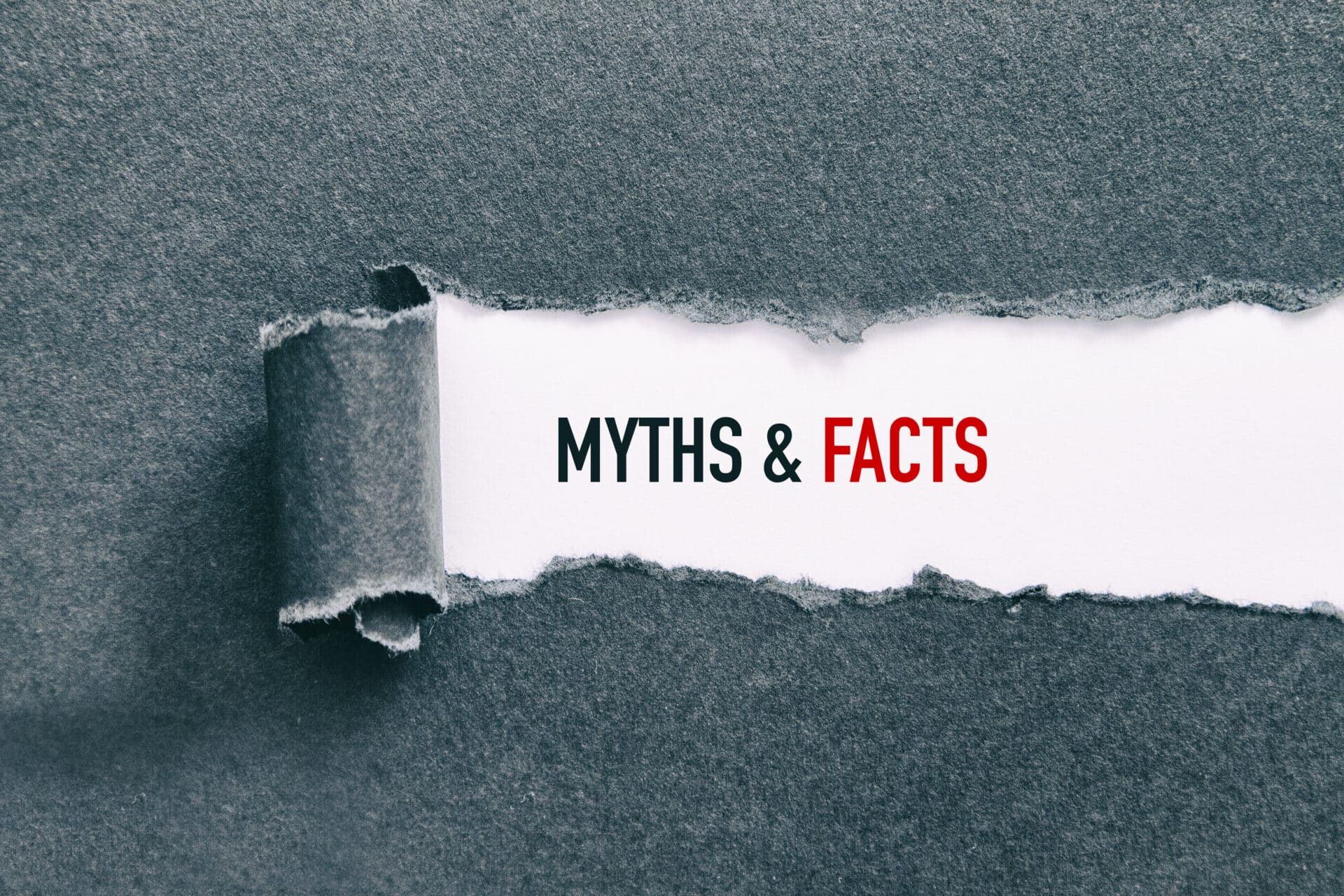“FAKE NEWS!”, “That is misinformation!” Often-used terms. But what is it exactly, where does it come from, and how to stop it? To get a better handle on the topic we have dedicated an entire issue of European Seed to fake news and myths. We dive deeper into the matter and put the spotlight on various aspects.
I always thought that fake news was something recent, and inextricably linked to the internet. While digging into this topic, I realized that I couldn’t have been more wrong. For as long as there were people to create and spread fake news, such false rumours and inaccurate reporting have been with us. And since the invention of the printing press, it has been a part of media history. All this happened long before the arrival of social media. But it was the development and widespread use of the internet which greatly increased the ability to write and quickly spread such misleading content all over the world, with the push of a button.
The rise of the internet has greatly exacerbated the problem. To illustrate: the share of people in the EU who read online newspapers and news magazines nearly doubled over the past 10 years, with 65 per cent of individuals aged 16 to 75 consuming news online in 2020? Also, more specifically on health advice, the internet has become an important source. In the EU in 2020, 49 per cent of men and 60 per cent of women aged 16-75 sought health information online.
A recent Eurobarometer survey showed that 37 per cent of EU respondents felt they were exposed to fake news every day or almost every day, while four in five respondents indicated that they were exposed to such news at least several times a month.
By now we have seen numerous examples of propaganda, political polarisation, and loss of public trust in democratic institutions, due to fake news. We have seen dangerous precedents where false news led to national uprisings, trying to topple democratically elected people. Similarly, in the field of public health, incl. COVID, misinformation and disinformation have caused the unnecessary deaths of thousands if not more. Untruths, particularly propaganda and disinformation, played an important role in the lead up to Russia’s invasion of Ukraine, and they continue to circulate strongly in both countries. If we wish to reduce that, it is crucial that we put a halt to the creation and spreading of such untruths.
Reducing fake news will only work if we all work together — you, me, companies and policy makers. We all have a role to play. First to identify and remove fake news from the internet. And secondly, to make sure we think twice before putting something on the internet in the first place.
To be clear, we’re not good at identifying fake news. We rely on our prehistoric brain and over thousands of years, have learned to favour negative news over positive news. There is often a high emotional content in fake news, which seeks to provoke shock or anger. And as a result, people active on social media often share fake news unintentionally because they believe it, and therefore the problem of inaccurate and misleading information is so widespread.
So, an important way to stop fake news online is to promote digital media literacy among adults and children, including in schools. As a first line of defence, schools play a crucial role. Teachers will need to reflect hard on what exactly it is they teach, and make sure the information they share with children is based on peer reviewed science, and not on a teacher’s gut feeling or coming from their information bubbles. I have had my fair share of run-ins with teachers who erroneously believe GMOs are bad, organic is pesticide free, and all seed companies are evil. And continue to believe this even after having been explained the scientific facts behind it all.
What can you do? Well, be on the lookout. One way of ‘arming’ yourself, your children and others, is by playing a few educational games. I have played them myself, and they are great fun, real eye-openers, and very informative at the same time. I guarantee, you won’t be looking at news in the same way after that. Here are some websites to try: https://www.getbadnews.com/en/ and https://www.goviralgame.com/en .
When reading ‘news’ and browsing the internet, always be aware, and make sure you are well equipped to distinguish fake from real. You may want to check if your organization, and perhaps even the school of your kids, has some sort of program in place to increase online awareness, and help your colleagues and children to better assess and verify the accuracy of online information. The gravity of fake news is often myth-understood.











